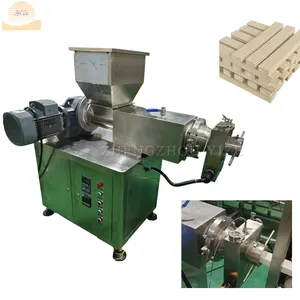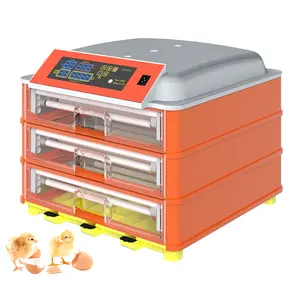Popular in your industry







































































Related Searches:













































































































































Top categories
About portable sawmill plans
A portable sawmill is a compact, mobile device designed for efficient logging and lumber production. This portable sawmill plans is often used by those with access to timber stands and the need to process logs into boards or beams on-site. This sawmill is a valuable asset for forestry professionals, woodworkers, and individuals engaged in on-site lumber production. A portable sawmill is a practical and cost-effective way to convert logs into usable lumber. It offers the flexibility to mill timber at the location where it is felled, reducing transportation costs and making it an ideal choice for smaller-scale operations. It also allows for customization in terms of board thickness and size, catering to specific project requirements.
Types of Portable Sawmill Plans
One common type of portable sawmill is the chainsaw mill, which is typically smaller and more lightweight, making it easy to transport and set up. However, it may have limitations in terms of cutting capacity and precision. Another type is the band sawmill, which uses a rotating band saw blade to make accurate cuts. This type of sawmill is known for its efficiency and ability to handle larger logs. There are also circular sawmills, which use a circular saw blade to cut through logs. While they may not offer the same level of precision as band sawmills, they are often more affordable and straightforward to operate. Additionally, swing blade sawmills feature a unique design where the saw blade can be rotated to make both horizontal and vertical cuts. This offers versatility and the ability to produce a variety of lumber dimensions.
Advantages and Disadvantages of Portable Sawmill Plans
The primary advantage of a portable sawmill is its mobility, enabling users to bring the milling process to the timber source. This eliminates the need for transporting heavy logs to a fixed mill, saving time and reducing transportation costs. Additionally, portable sawmills are versatile and can be used in remote locations or areas with limited access. Their ability to produce custom lumber sizes and their cost-effectiveness make them a popular choice for small-scale operations and hobbyists. However, some disadvantages include the potential for lower production capacity compared to larger, stationary mills. Portable sawmills may also require more frequent maintenance due to their mobile nature and exposure to varying environmental conditions. Operators need to have the necessary skill and safety precautions in place when using these mills.
Usage and Maintenance of Portable Sawmill Plans
A portable sawmill is typically used in forestry, woodworking, and construction industries to process logs into boards, beams, or custom-sized lumber. Forestry professionals and landowners can use these sawmills to maximize the value of felled trees by producing their lumber on-site. Woodworking enthusiasts can create their unique pieces by milling custom-sized boards. In the construction industry, portable sawmills are used to produce framing lumber, beams, and other materials at the job site. Proper maintenance is crucial for the efficient and safe operation of a portable sawmill. Regular checks for blade sharpness, alignment, and tension are essential to ensure quality cuts and prevent accidents. It is also recommended to inspect and lubricate all moving parts regularly. Safety measures, such as using appropriate personal protective equipment and following the manufacturer's guidelines, should always be a top priority when operating a portable sawmill.














































